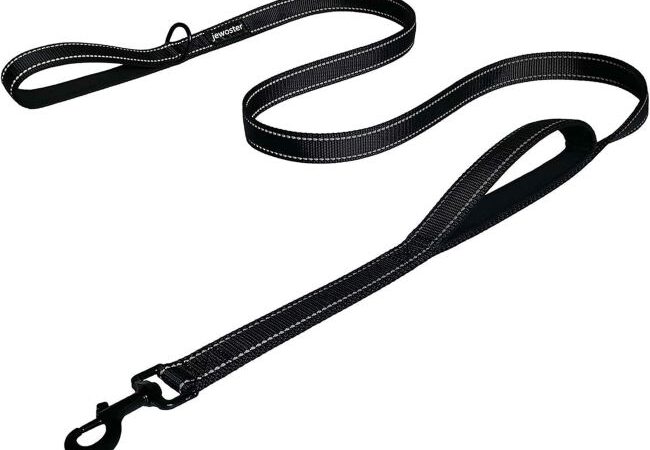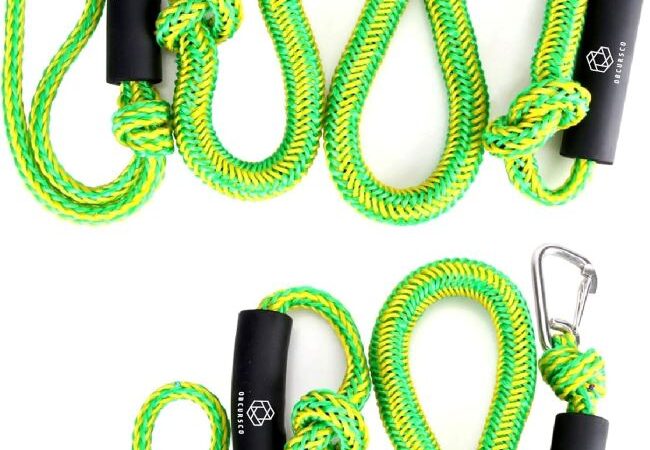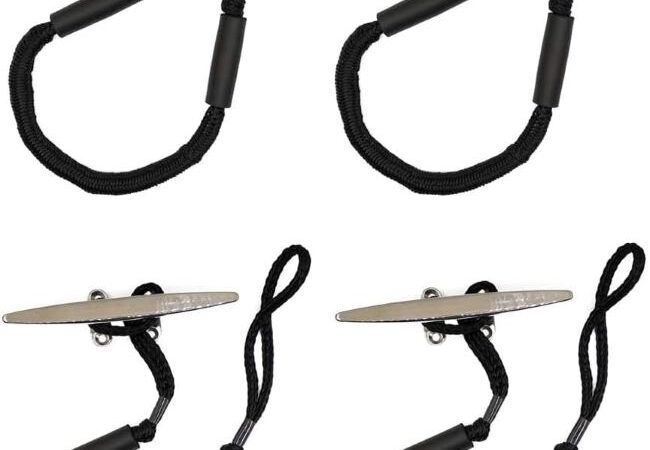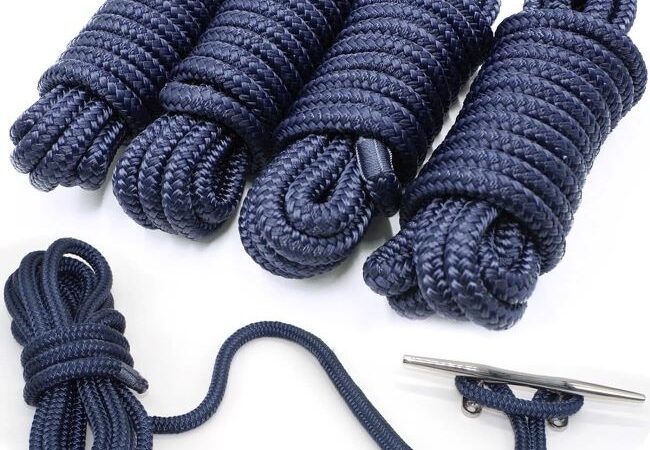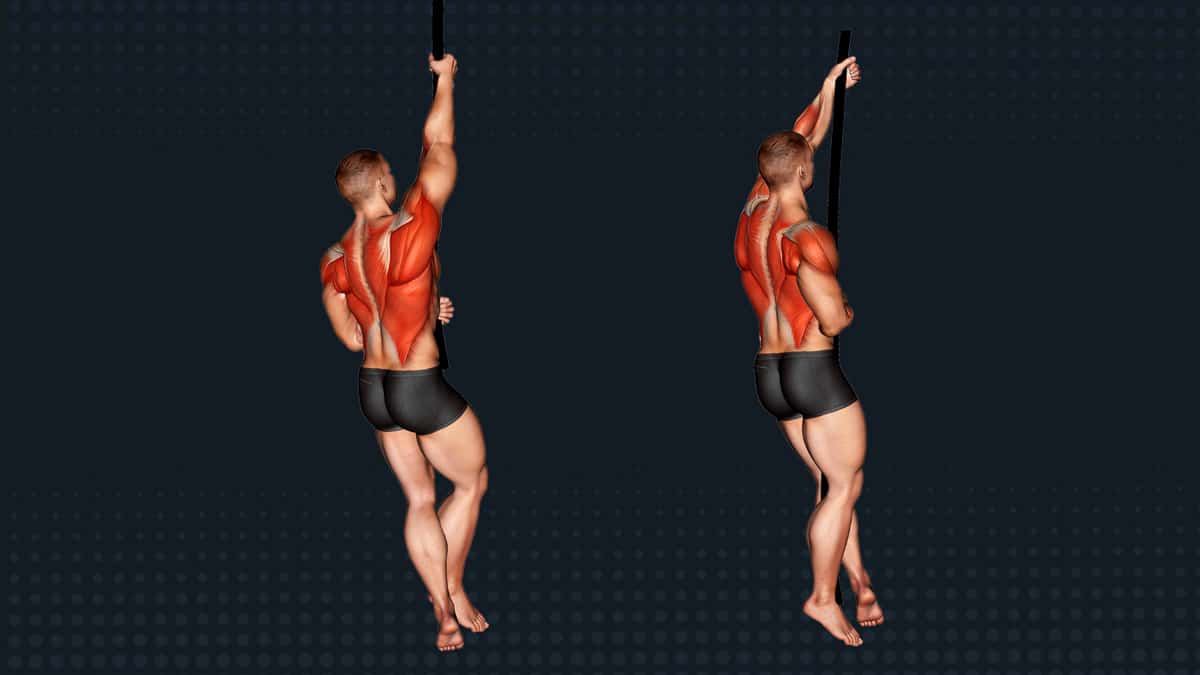
What are the Benefits of Rope Climbing: Peak Fitness Gains!
Rope climbing builds upper body strength and improves grip. It also enhances endurance and coordination.
Contents at a Glance
ToggleRope climbing stands out as a dynamic and robust workout that targets multiple muscle groups simultaneously, particularly the arms, shoulders, back, and core. Engaging in this activity can lead to impressive gains in muscular endurance and overall power, making it a popular choice among athletes and fitness enthusiasts alike.
The act of ascending and descending a rope requires not just physical strength, but also mental focus and determination, providing a comprehensive exercise experience. Its versatility allows for a range of techniques, each with its own set of benefits, ensuring that practitioners can continuously challenge themselves and avoid workout plateaus. With the ability to adapt to various fitness levels, rope climbing offers a scalable challenge that can be incorporated into diverse training routines.
Ascending To Peak Fitness With Rope Climbing
Rope climbing stands as a powerful symbol of physical prowess. This age-old activity, often linked with school gym classes and military training, has surged in popularity. It’s no wonder why: the benefits of rope climbing stretch far and wide, offering a full-body workout that’s as challenging as it is rewarding. Let’s explore how incorporating rope climbing can lead you to the summit of fitness.
Gripping The Basics
Before scaling new heights, understanding the essentials of rope climbing is crucial. Rope climbing works every muscle group, engaging your arms, shoulders, back, and core. It even challenges your legs as you learn to support and propel your body upward. This activity also enhances grip strength, which is vital for everyday tasks and other sports.
- Builds upper body strength
- Develops a strong core
- Improves grip
- Boosts endurance
Elevating Your Workout Routine
Adding rope climbing to your fitness regimen can take your workouts to new heights. It’s not just a change of pace; it’s a comprehensive exercise that pushes your limits. You’ll burn calories quickly, build muscle, and increase your heart rate, all while enhancing coordination and mental toughness.
| Exercise | Calories Burned | Muscle Groups Worked |
|---|---|---|
| Rope Climbing | Varies | Arms, Shoulders, Back, Core, Legs |
| Traditional Weight Lifting | Varies | Targeted muscle groups |
The variety rope climbing offers is unmatched. You can adjust your grip, speed, and technique to keep your body guessing. It’s a dynamic exercise that promises continuous improvement and fun.

Credit: www.beargrips.com
Core Strength And Stability
Core strength and stability are crucial for overall fitness and health. Rope climbing offers a full-body workout with a strong emphasis on the core. This exercise not only builds muscle but also enhances coordination and balance. Let’s dive into how rope climbing can transform your core strength and stability.
Engaging The Powerhouse
Rope climbing is a dynamic exercise that activates the powerhouse of your body – your core muscles. These muscles include the abdominals, back, and pelvic muscles. Climbing a rope forces these muscles to work together, resulting in:
- Improved muscle tone in the midsection
- Better posture and spinal support
- Increased metabolic rate from muscle development
As you grip the rope and lift your body, your core must engage to keep you stable. This continuous tension builds core endurance and strength.
Balancing Act: Core In Focus
While climbing, your core does a balancing act. It keeps you from swinging and helps you ascend efficiently. This focus on balance results in:
- Enhanced coordination and body awareness
- Stabilization of the torso during movement
- A foundation for advanced athletic abilities
Every pull and push during a climb is a test of stability, forcing the core muscles to adapt and grow stronger. This not only benefits your climbing prowess but also translates to everyday activities.
Upper Body Resilience
Upper Body Resilience stands as a testament to the power of rope climbing. This age-old activity isn’t just for sailors and adventurers. It’s a full-scale workout that targets every muscle in the upper body. Engaging in rope climbing can transform your fitness routine, unlocking a new level of strength and endurance. Let’s explore how this simple piece of equipment can be the key to building a stronger, more resilient upper body.
Arms Of Steel: Building Biceps And Triceps
Rope climbing is the ultimate arm workout. Every pull, every climb, engages the biceps and triceps intensely. These muscles work hard to lift your body weight, rep after rep. The result? Arms of steel. Let’s break down the benefits:
- Increased Muscle Mass: Consistent climbing leads to bigger biceps and triceps.
- Improved Grip Strength: Holding the rope tightens your grip, making your forearms stronger too.
- Boosted Endurance: Over time, your arms can handle more, for longer.
Shoulders And Back: A Harmonious Lift
The shoulders and back muscles work together in harmony during rope climbing. These muscle groups are crucial for a well-rounded upper body. Every climb is a compound movement, meaning multiple muscles activate to complete the motion. Let’s highlight the gains:
| Shoulder Gains | Back Gains |
|---|---|
| Rotator cuff strengthening | Latissimus dorsi engagement |
| Deltoid definition | Trapezius toning |
| Stabilization boost | Spinal support |
These muscle gains lead to a stronger, more balanced upper body. You can feel the benefits in everyday activities, from carrying groceries to swinging a tennis racket. Rope climbing doesn’t just build muscle; it builds a foundation for a resilient life.
Grip Mastery And Dexterity
Grip Mastery and Dexterity are essential for anyone looking to excel in rope climbing. This skill set not only enhances your climbing ability but also improves daily activities requiring hand strength and precision.
From Firm Handshakes To Firm Holds
Strong grip plays a crucial role in both social settings and sports. A firm handshake can make a great first impression. In rope climbing, a solid grip ensures safety and efficiency. By regularly engaging in rope climbing, your hands and forearms develop the strength needed for firm, reliable holds. This strength directly translates to better performance in sports like tennis, rock climbing, and even weightlifting.
Finger Strength: A Climber’s Secret
Did you know that finger strength is a climber’s secret weapon? In rope climbing, fingers bear a lot of weight. This activity strengthens tiny muscles in the fingers, improving dexterity. Strong fingers help in tasks ranging from opening jars to playing musical instruments. Below, find a breakdown of how rope climbing enhances finger strength:
- Increased tendon strength: Tendons in fingers become more robust.
- Better finger grip: Ability to hold things tightly increases.
- Enhanced fine motor skills: Improvements in writing and typing skills.
Through consistent practice, climbers see significant gains in finger strength and overall hand health. These improvements are invaluable for daily life and professional activities involving manual dexterity.
Legs And Glutes: The Silent Workers
Legs and Glutes: The Silent Workers often go unnoticed in rope climbing. This exercise is not just about arm strength. Your legs and glutes play a crucial role in propelling you upward. Understanding how to maximize their contribution can transform your climbing experience. Let’s explore how these powerful muscles support your ascent.
Climb With Your Legs, Not Just Arms
Many believe rope climbing is all about arm strength. This is a myth. Your legs are equally important. They provide stability and power. When you climb, focus on using your legs to push you up. This technique saves your arm strength. It also makes climbing more efficient.
- Step firmly: Secure your foot on the rope for a solid foundation.
- Bend your knees: Use them to push your body upward.
- Alternate legs: This keeps the momentum and reduces fatigue.
Glute Engagement: The Uphill Push
The glutes are your climbing powerhouse. They work with your legs to push you up. Engage them with each movement. This provides a burst of power. It also protects your lower back.
- Squeeze your glutes: Do this as you move your legs.
- Keep your hips forward: This aligns your body for better posture.
- Drive through your heels: It maximizes glute activation.
| Muscle Group | Function | Benefit |
|---|---|---|
| Legs | Stability and push | Reduces arm fatigue |
| Glutes | Power and support | Protects lower back |
Engage your legs and glutes next time you climb. They are the silent workers that deserve recognition. Your climb will be stronger and more efficient.
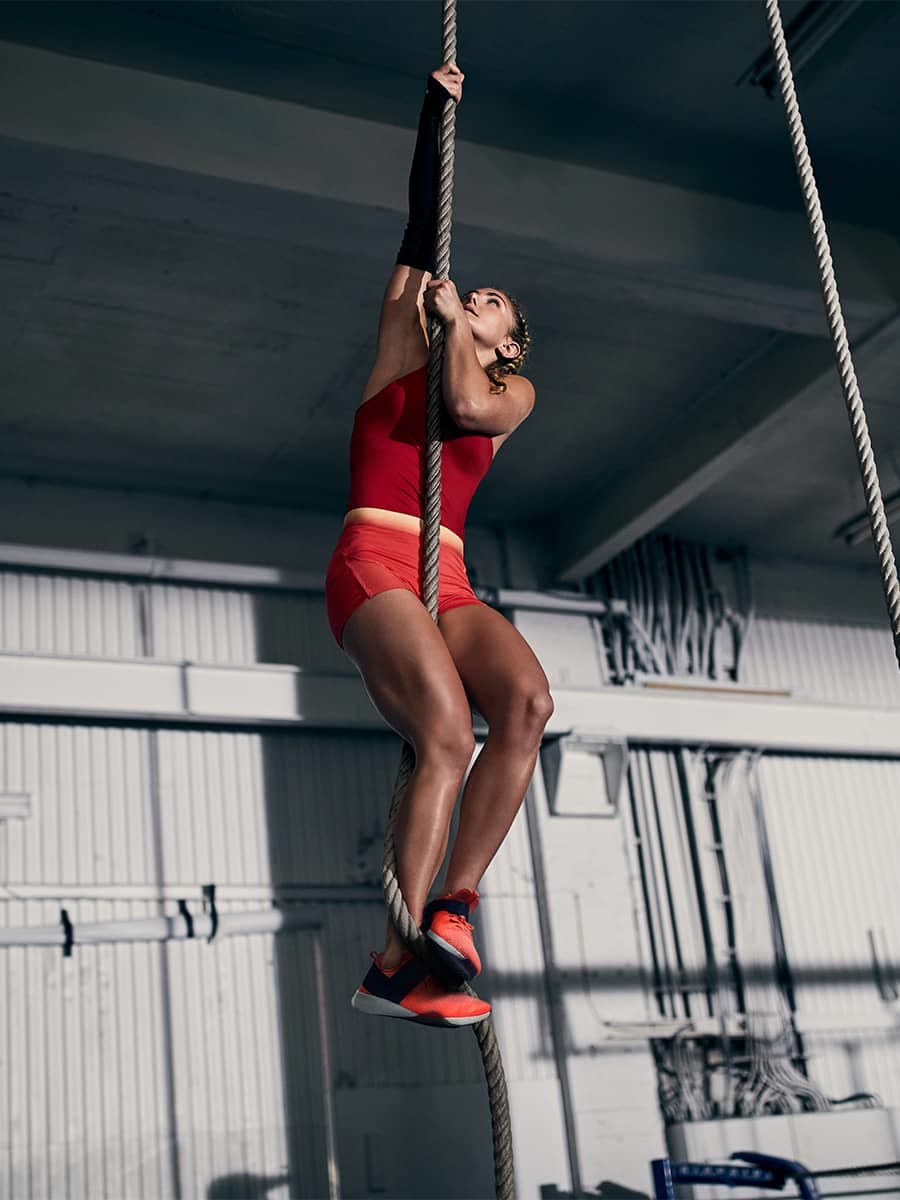
Credit: www.nike.com
Cardiovascular Endurance
When it comes to boosting cardiovascular endurance, rope climbing stands out. It’s not just about upper body strength. Rope climbing is a heart-pumping exercise that can enhance your heart’s health. Let’s explore the benefits of this invigorating activity.
Heart Rate Up: The Cardio Climb
Climbing a rope isn’t easy. It pushes your body to work hard. As you climb, your heart rate increases. This means your heart pumps more blood. Your body gets more oxygen. It’s a fantastic workout for your heart.
- Better blood flow
- Increased heart health
- More calories burned
Stamina Sky-high: Sustained Effort
Rope climbing is about keeping going. It builds stamina. Your heart learns to work longer, not just harder. This leads to better endurance over time. You’ll find yourself less tired after other exercises too.
- Longer exercise time
- Improved overall endurance
- Less fatigue in daily activities
Mental Toughness And Focus
The journey of rope climbing builds mental toughness and focus. This activity challenges both your body and mind. Let’s explore how it does this.
Conquering Heights, Conquering Mind
As you grip the rope and prepare to ascend, each pull upwards tests not just your physical strength but also your willpower. Climbing higher involves overcoming the fear of heights, a common phobia. Success in this physical endeavor translates into a profound mental victory. Each height conquered on the rope symbolizes a barrier overcome in the mind.
| Height Achieved | Confidence Level |
|---|---|
| 5 feet | Starting to believe |
| 10 feet | Feeling stronger |
| 15 feet | Master of heights |
The Zen Of Climbing: Mind-body Connection
Rope climbing is more than just a physical activity. It’s a form of moving meditation. Focus is crucial. You must be aware of every move, every breath. This intense concentration enhances the connection between mind and body, promoting a state of ‘Zen’. This mental clarity achieved during climbing can help in everyday life too.
- Improved focus
- Stress reduction
- Enhanced problem-solving skills
By engaging in rope climbing, you not only strengthen your muscles but also fortify your mental capabilities. The lessons learned on the rope extend far beyond the physical boundaries.
Versatility And Functional Fitness
Rope climbing shines in its versatility and functional fitness benefits. It’s more than a challenging activity; it’s a comprehensive workout. It engages muscles you didn’t know you had. It boosts stamina, strength, and coordination. This exercise is not just for athletes. It suits anyone looking to spice up their fitness routine.
From Gym To Jungle: Rope Climbing’s Practicality
Rope climbing is not confined to the gym. Its practicality extends to real-life scenarios. It’s a skill that could prove vital in outdoor adventures. Imagine scaling a steep hill or escaping a hazard. Rope climbing prepares you for these scenarios.
- Builds a strong grip, essential for holding onto things
- Enhances upper body strength, useful for lifting and carrying
- Improves endurance, for extended physical efforts
Adaptable Skills For Life’s Obstacles
Life throws various obstacles at us. Rope climbing equips us with adaptable skills. It teaches us to navigate through difficulties. It shows us how to maintain balance and stay focused under pressure.
| Skill | Application |
|---|---|
| Coordination | Needed for tasks that require precise movements |
| Strength | Useful for everyday heavy lifting |
| Resilience | Helps in overcoming challenges |
Whether you’re a firefighter, a mountaineer, or a weekend warrior, rope climbing is a skill that comes in handy. It’s a bridge to mastering your own body and the world around it.
Incorporating Rope Climbing Into Your Regimen
Rope climbing is a dynamic way to enhance your physical fitness. It targets multiple muscle groups and boosts endurance. It’s great for anyone seeking a new challenge. Read on to learn how to climb ropes safely and effectively.
Setting Up For Success
To start rope climbing, you need the right setup. Here’s how to prepare:
- Choose a durable rope: Opt for a rope made for climbing. It should support your weight.
- Secure anchor point: Attach your rope to a strong beam or tree. It must hold your weight without risk.
- Check the height: Ensure the rope is long enough for a good climb, but not so high it’s unsafe.
- Prepare landing area: Place a soft mat below. This helps prevent injuries if you fall.
Safety First: Ensuring A Secure Climb
Safety is crucial when rope climbing. Follow these tips to avoid accidents:
- Inspect your rope: Before climbing, check for frays or wear. A damaged rope is dangerous.
- Use proper gear: Wear gloves to protect your hands. Shoes with good grip are essential.
- Learn techniques: Understand basic climbing methods. This will help prevent falls.
- Start slow: Begin with short climbs. Build your skill and confidence gradually.
- Have a spotter: A friend can watch and guide you. They can also call for help if needed.
Frequently Asked Questions
What Are Rope Climbs Good For?
Rope climbs are excellent for building upper body strength, improving grip, and enhancing overall muscular endurance. They also boost coordination and can be a dynamic addition to full-body fitness routines.
Why Does It Feel Good To Climb A Rope?
Climbing a rope triggers endorphin release, creating a feel-good sensation. It combines physical exertion with the satisfaction of overcoming a challenge, enhancing pleasure.
Are Rope Climbs Better Than Pull Ups?
Rope climbs and pull-ups target different muscle groups and offer varied intensity levels. Rope climbs engage more muscles and require greater overall strength, making them a more comprehensive exercise than pull-ups. Each has unique benefits, and neither is definitively better than the other.
What Are The Benefits Of The Rope Climbing Machine?
Rope climbing machines offer a full-body workout, enhance grip strength, and improve cardiovascular health. They provide a low-impact exercise option, suitable for various fitness levels and ideal for building muscular endurance. These machines also save space and offer a safe alternative to actual rope climbing.
Conclusion
Rope climbing offers remarkable benefits for both body and mind. It strengthens muscles, boosts endurance, and enhances coordination. Embracing this activity can also elevate mental toughness and resilience. Whether you’re a fitness enthusiast or seeking a new challenge, rope climbing is a thrilling way to elevate your health journey.
Give it a try and experience the transformation!

